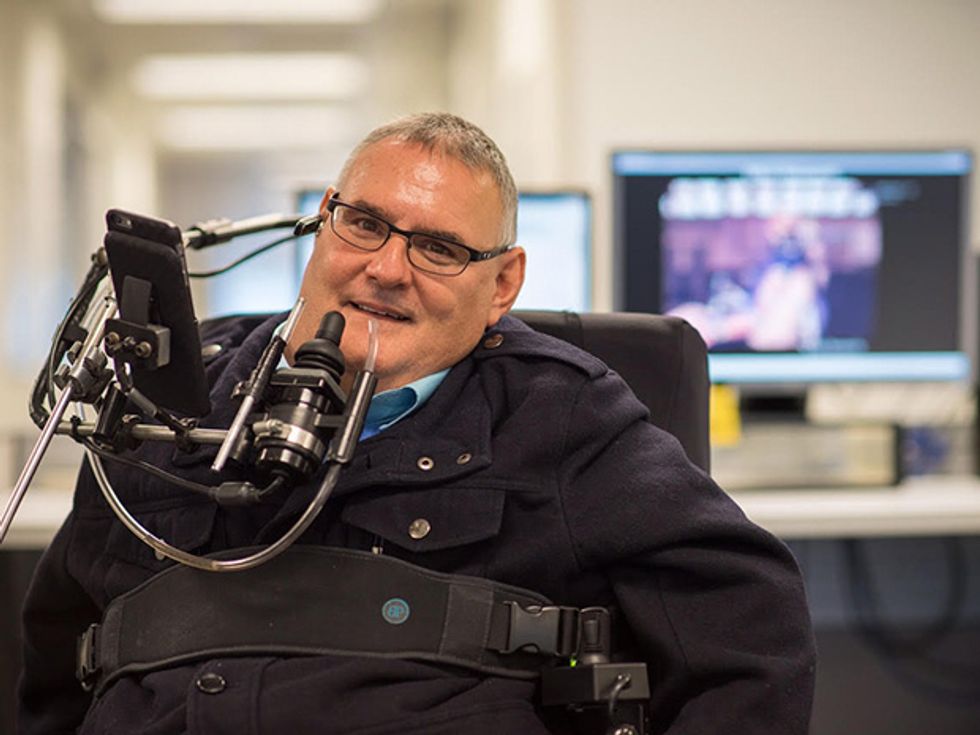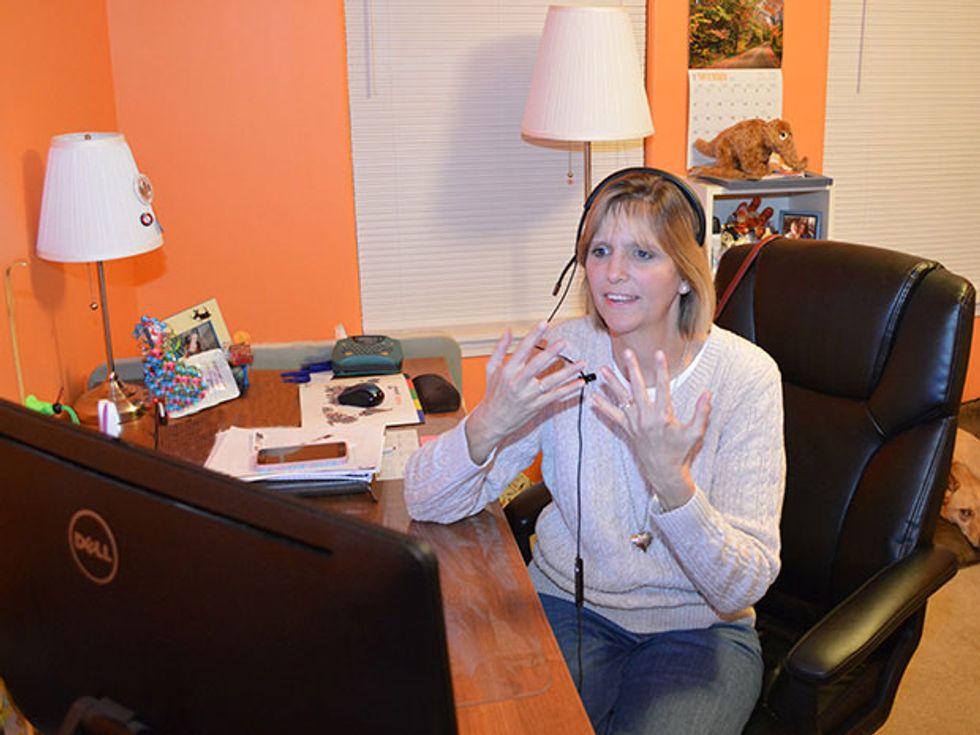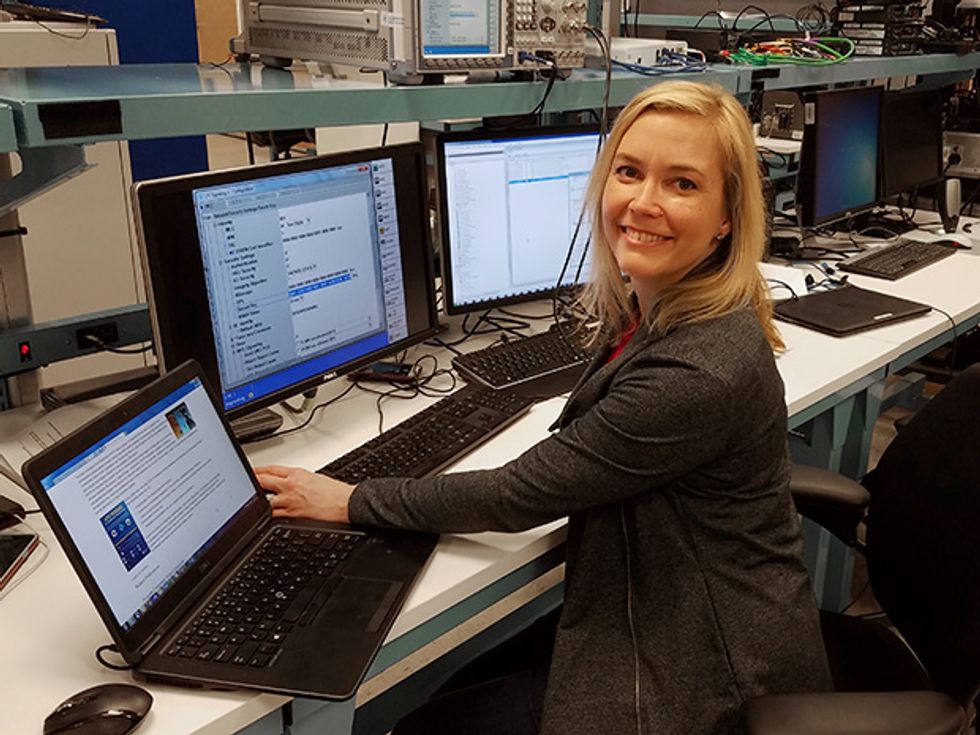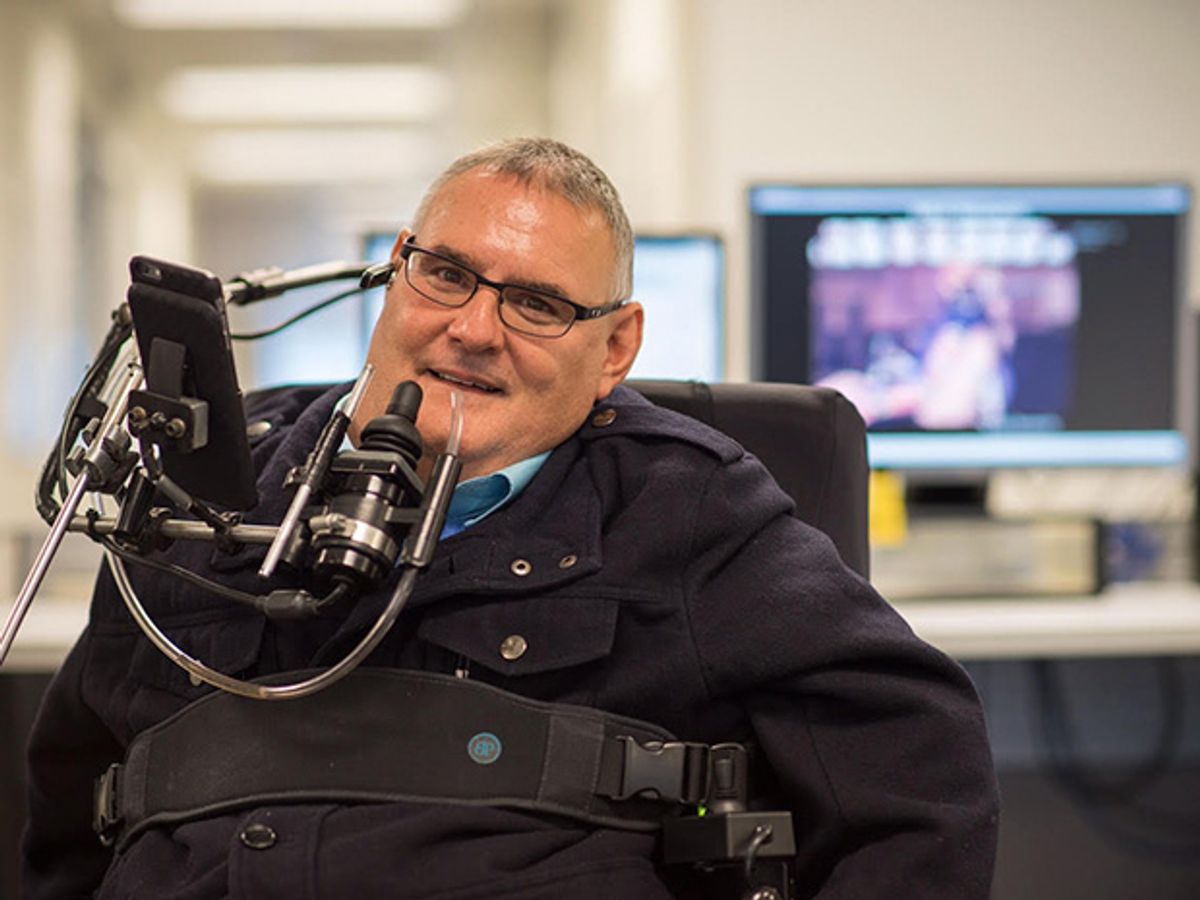
After graduating, mechanical engineer Kurt Driscoll endured more than 100 interviews over 10 months before he was finally hired. A quadriplegic, he encountered some who told him that he couldn’t do the job, while others simply claimed to be “going in a different direction.”
He finally got hired by an engineering firm through a family connection. He worked there for three years until the company went bankrupt in 2001. His next job hunt was nine months long. “I tried the most direct, in-your-face approach I could think of,” says Driscoll. To demonstrate his ability to do the job, he videotaped himself working at his desk. Finally, one interviewer at Faurecia’s automotive seating group seemed more intrigued than put off by his disability. (He drives his wheelchair with his chin.)
“I told [the interviewer] I know how to solve problems. I know how to look for solutions. Despite what you’re looking at, I’m a go-getter. If I don’t know how to do it, I’ll learn it and I’ll get it done,” he says. Faurecia made an offer, and Driscoll is still there.
People with disabilities are underrepresented in STEM (science, technology, engineering, and mathematics) jobs compared with their numbers in the overall population, according to the Bureau of Labor Statistics and the U.S. Census Bureau. But those who succeed share qualities of acceptance, tenacity, and resilience. By necessity, these engineers and coders have well-honed problem-solving skills.

Maggie Hauser, who works in data and information management for the London-based HSBC Bank, says that when she first graduated in 1992, information technology work was mostly solitary. “You went and coded it all in your cube,” says the applied computer science major, who is hearing impaired and reads sign language. “It made communication easier.”
Fortunately for Hauser, as workplaces became more global and conference calls and videoconferencing routine, technological advances that aid the hearing impaired kept pace. Today, she conducts her conference calls through a relay system, where an interpreter listens to the call and signs what people are saying to Hauser via a video connection on her laptop. In the United States, this service is free, paid for by a surcharge of a few cents on everyone’s monthly phone bills.
Hauser had to convince her employer that this system wouldn’t compromise company security and confidentiality. She used a separate laptop at work to access the Internet via public Wi-Fi to reach the interpreter, keeping the bank’s data inaccessible to the service.
Colleagues were skeptical at first. “I have to come up with the ideas,” she says. “Once you show them, they’re like, ‘That’s great.’ ” Sometimes multiple people speak at once on conference calls. Hauser has to walk a fine line between being able to participate while not being perceived as weak. Often, others on the call will speak up when people are interrupting because they can’t hear either.
To prevent miscommunication, she says, “I ask them to send me an email just so I know we’re on the same page.”

Electronics engineer Alison Kahn, of Boulder, Colo., doesn’t miss a beat when new acquaintances underestimate her because of her limp. Some do a double take, some stare, and some are extremely cautious and solicitous. “I don’t focus on what people think I can’t do. If I did that, I wouldn’t do anything,” says Kahn, who has cerebral palsy and works on the nationwide public-safety broadband network for the National Institute of Standards and Technology. “I focus on knowing what I can do and showing people that. I’m not going to run a marathon, but the brain is there,” says Kahn. One of her feet drags behind the other, so she says she’s always tripping over her own feet. To put colleagues at ease, she jokes about it, saying, “If you can’t laugh at yourself, you’re kind of in trouble.”
This article appears in the January 2017 print issue as “Engineers With Disabilities: Inveterate Problem Solvers.”



